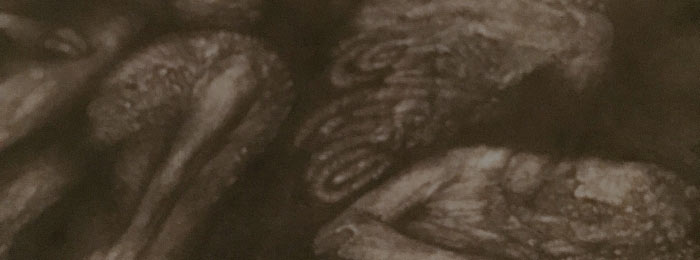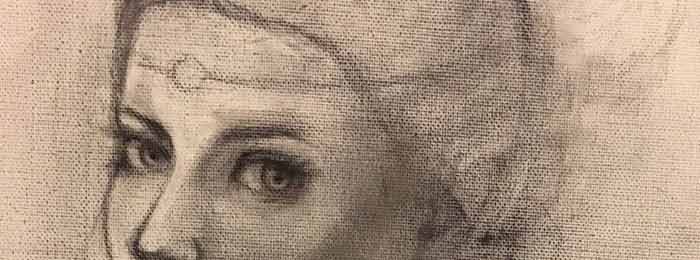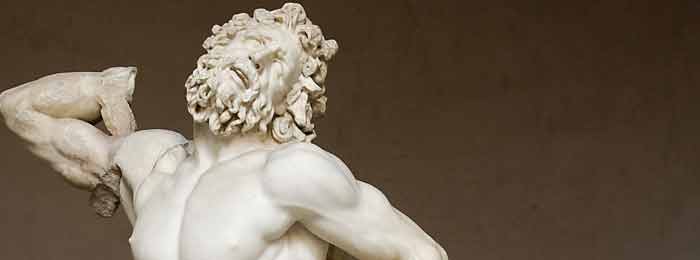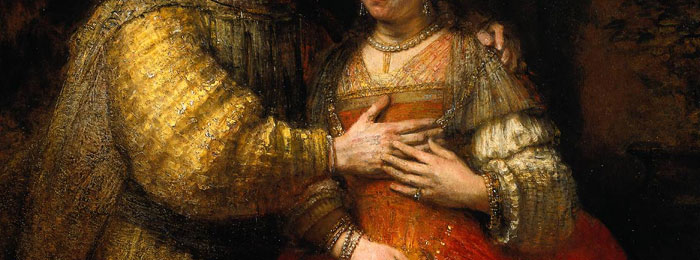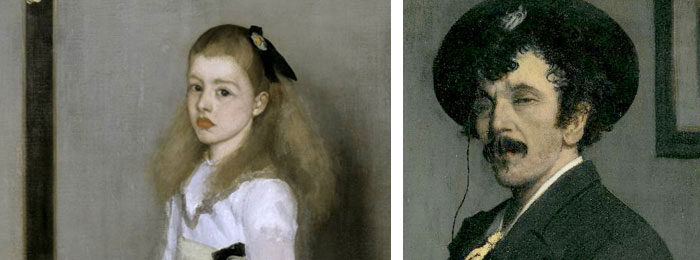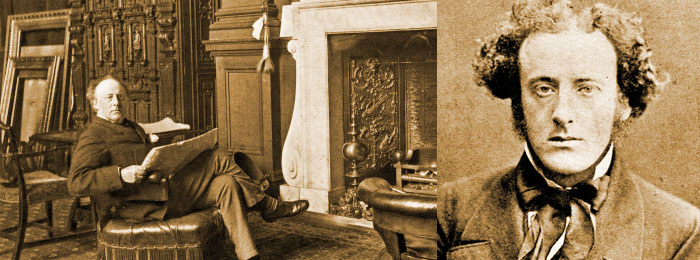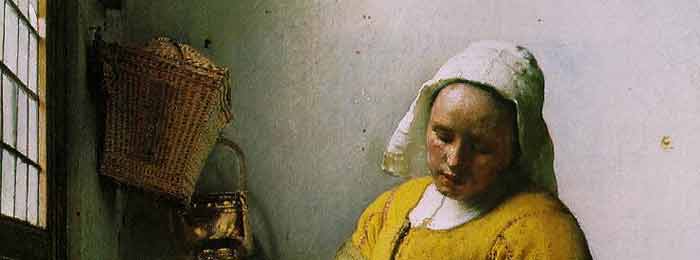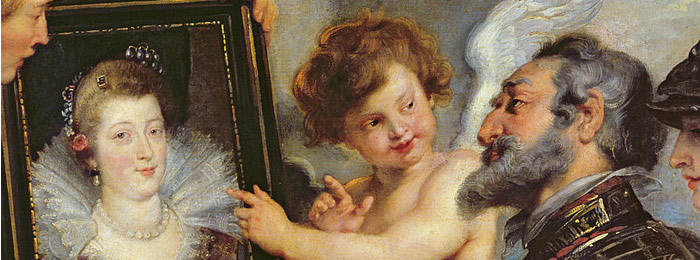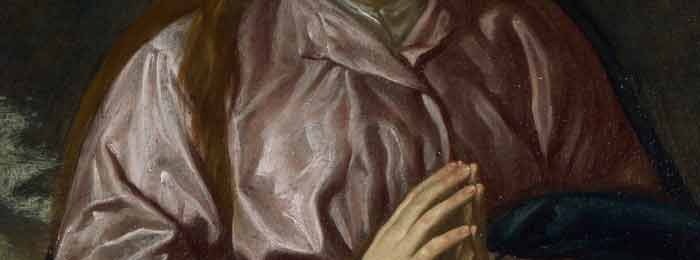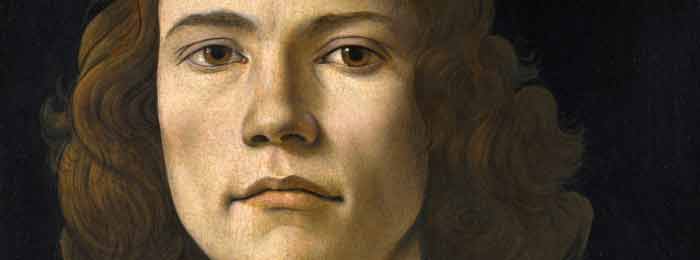On 14 Feb, 2017 With
Feedback from Eric Busch
Art takes 2nd place to work, kids and wife.
I draw every Friday and Saturday evening into the early morning hours.
I’m always trying to learn new techniques through trial and error, things I read, looking at different works of art through different mediums and styles. I think most of my challenges come from time.
I would love to dedicate my life to art, but having small children and a wife and job responsibilities I can only dedicate so much time right now. I would like to learn to draw more realistically. …
Read More
On 15 Oct, 2016 With
Feedback from Anil
I am 36 years old. I live in Turkey. I work in a bank works, a place that is not suitable for my soul at all. I live alone.
For now art is just my hobby. But I try to turn it into the main centre of my life and become a well known painter so that I can maybe plant some good images of life into the thoughts of people and make them happier.
Read More
On 4 Oct, 2015 With
What the Old Masters knew about Anatomy Laocoon and the Apollo Belvedere – nothing had ever been seen to equal the honours with which these statues were surrounded. Brought out of the earth, they were transported through the towns and escorted by a stately cortege to the places they were to occupy in the palaces of the Pope or the Duke. The court of Lorenzo the Magnificent, at Florence, Brought together a great many of the humanists and artists of the time and from their daily contact a revival of Greek Culture took place. Artists began to perceive, that the Grecian sculptures possessed an even deeper significance than they had heretofore found in them. They saw that these works represented…
Read More
On 31 Aug, 2015 With
Rembrandt, who is thought to have learned from Jacob van Swanenburgh and Pieter Lastmann, no doubt took stylistic cues from the Flemish Technique, the Venetian Technique, and the Direct Painting Technique. When observing his work, one can see that he experimented freely with them, moving between them, but he most certainly employed them all. Over time, as he learned each method, he incorporated aspects from all into a his style—while, of course, adding innovations of his own. Some of his paintings utilize wood as a canvas, as was common with the Flemish Technique, which he appears to have used predominantly in those works. In addition to this, a few of his small studies on wood panels seem to have utilized…
Read More
On 9 Aug, 2015 With
Whistler’s Oil Painting Technique Whistler’s approach to portraiture in his late maturity was described by one of his sitters, Arthur J. Eddy, who posed for the artist in 1894: “He worked with great rapidity and long hours, but he used his colours thin and covered the canvas with innumerable coats of paint. The colours increased in depth and intensity as the work progressed. At first the entire figure was painted in greyish-brown tones, with very little flesh colour, the whole blending perfectly with the greyish-brown of the prepared canvas; then the entire background would be intensified a little; then the figure made a little stronger; then the background, and so on from day to day and week to week, and…
Read More
On 8 Aug, 2015 With
Sir John Everett Millais was an English painter and illustrator and one of the founders of the Pre-Raphaelite Brotherhood. Millais’ Christ In The House Of His Parents was highly controversial because of its realistic portrayal of a working class Holy Family labouring in a messy carpentry workshop. All early works were painted with great attention to detail, often concentrating on the beauty and complexity of the natural world. In paintings such as Ophelia Millais created dense and elaborate pictorial surfaces based on the integration of naturalistic elements. This approach has been described as a kind of “pictorial eco-system”. This style was promoted by the critic John Ruskin, who had defended the Pre-Raphaelites against their critics. Millais’ friendship with Ruskin introduced him to Ruskin’s wife Effie. Soon after they met she modelled for…
Read More
On 18 Jul, 2015 With
Oil paintings techniques: Vermeer’s Palette Johannes Vermeer was a Dutch painter who specialized in domestic interior scenes of middle-class life. Vermeer was a moderately successful provincial genre painter in his lifetime. He seems never to have been particularly wealthy, leaving his wife and children in debt at his death, perhaps because he produced relatively few paintings. One aspect of his meticulous painting technique was Vermeer’s choice of pigments. He is best known for his frequent use of the very expensive ultramarine (The Milkmaid), and also lead-tin-yellow (A Lady Writing a Letter), madder lake (Christ in the House of Martha and Mary), and vermilion. He also painted with ochres, bone black and azurite. The claim that he utilized indian yellow in Woman Holding…
Read More
On 25 Jun, 2015 With
PETER PAUL RUBENS (1577-1640) With Rubens, we come to the last major transformation of the Oil Painting medium. The changes he brought about in the medium of the later Italians converted it into the most facile and versatile vehicle that any painter has ever had at his disposal. Technically, there seems to have been no limit to its possibilities and Rubens himself. No painter has ever enjoyed a greater or more lasting renown. During his life his atelier had a tremendous reputation, and from the time of his death until our own time, painters of all schools have tried to rediscover his lost secrets; they have copied him – from Antoine Watteau to Paul Cézanne in their efforts to learn…
Read More
On 24 Feb, 2015 With
Ever since the knowledge of the great oil painting techniques of the Renaissance was so mysteriously lost, about the end of seventeenth century, artists have been trying vainly to rediscover the methods of such masters as Titian, Rubens, Rembrandt and Velasquez, as well as of their predecessors–Jan Van Eyck, Memling, Giovanni Bellini and others, though not allowing for the same facility of execution on a large scale, were nevertheless were nevertheless equally as brilliant and durable. It has been evident to every artist who has worked in the medium of oil paint for the last two centuries or more, that certain qualities of color and modelling and brilliance of surface which seem to have been the common Possession of earlier…
Read More
On 16 Jan, 2015 With
Tempera techniques possessed the great advantage of brilliance and permanence, but they were, at the same time, subject to serious difficulties of management which in many ways limited their possibilities. The so-called early primitive paintings executed in these various tempera mediums possessed a charm of their own, undoubtedly due in some measure to these very limitations of technique. The impossibility of achieving realistic effects and of producing the illusion of the third dimension preserved in them the flat decorative quality for which many are much admired. This decorative effect owes much of its power to the juxtaposition of large masses of color and form, similar to the effects obtained in some of the minor arts. One of the tempera artists’…
Read More


